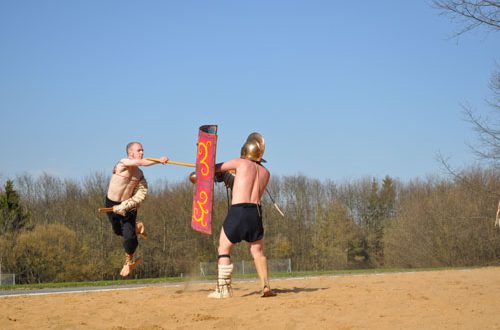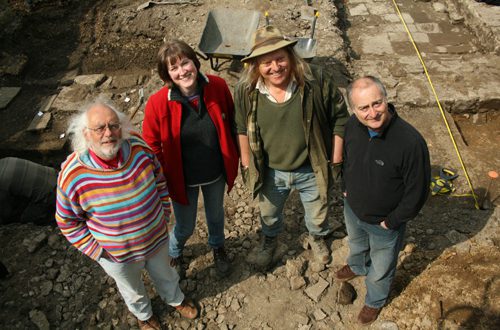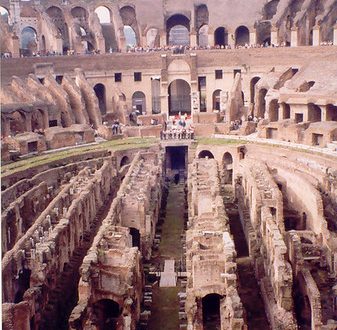 Question: What does a gladiator wear on a night out? The answer, of course, is that he puts on his glad rags! Apologies for the terrible joke, but for those who want to know what a gladiator would really have worn, not on a night out in ancient Rome, but in combat in the arena, then an exhibition inside Rome’s Colosseum has opened to show us just that.
Question: What does a gladiator wear on a night out? The answer, of course, is that he puts on his glad rags! Apologies for the terrible joke, but for those who want to know what a gladiator would really have worn, not on a night out in ancient Rome, but in combat in the arena, then an exhibition inside Rome’s Colosseum has opened to show us just that.
The exhibition – Gladiatores – is displaying replica gladiatorial weapons, dress and armour made authentically according to nine years of historical research by Silvano Mattesini, a trained architect and expert in ancient Roman military dress.
Many of the costumes use bright colourful feathers and silk, as well as the more expected leather and metal and they are all inspired by or taken from historical evidence of gladiatorial culture in Italy. The weapons and accessories on display were designed by Silvano Mattesini, who then commissioned professional craftsmen (metalsmiths, tailors, carpenters) to make the pieces.
The 30 objects on display are the results of in-depth research into historical texts by classical writers, as well as evdience from Roman paintings and frescoes, mosaics and graffiti, every-day objects such as statues and vases as well as authentic armour and weapons found at Pompeii.
According to the exhibition’s organisers, the contrast between the original ancient objects on display, and the modern replicas, highlights the difference between the originals as we see them now, and how they must have appeared almost 2,000 years ago. Of course the archaeological items have lost much of their colour and brightness both of which would have been very important in a large amphitheatre such as the Colosseum, where the audience in the higher seats would be able to see only the colours and flashing metal of swords and helmets.
 Evidence of gladiatorial combat dates as far back as the fourth century BC to some figurative art in tombs at Paestum.
Evidence of gladiatorial combat dates as far back as the fourth century BC to some figurative art in tombs at Paestum.
The first documented gladiatorial spectacle in Rome was in 264 BC when the two sons of Brutus Pera held the event in honour of their (deceased) father. Gladiatorial combat continued to be associated with funerary celebrations until the Augustan age and during the late republican era the combat became more elaborate, with 320 pairs of fighters on display in games given by Julius Caesar in 65 BC. By this time gladiatorial schools had been set up – the ones in Capua and Rome (the Ludus Magnus) were especially well known.
Gladiatorial shows became an important political and electoral tool and the building of amphitheatres such as Vespasian’s ‘Flavian amphitheatre’ in the 70s AD consolidated the status of the spectacle.
The educational exhibition – Gladiatores – is curated by Rossella Rea, director of the Colosseum.
Photos by Silvano Mattesini.




